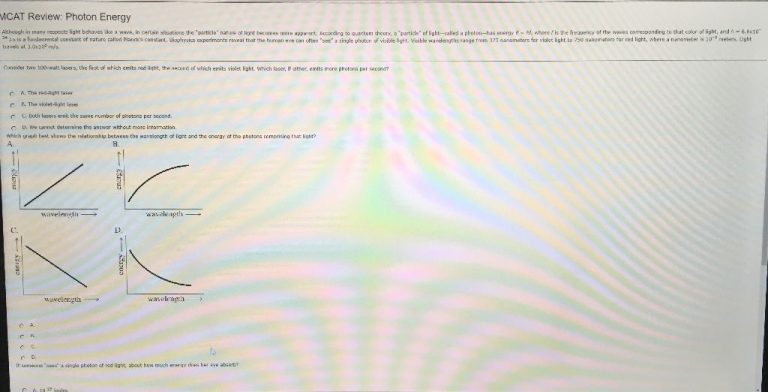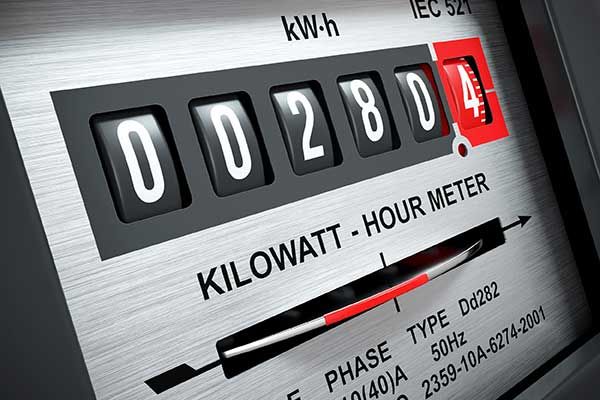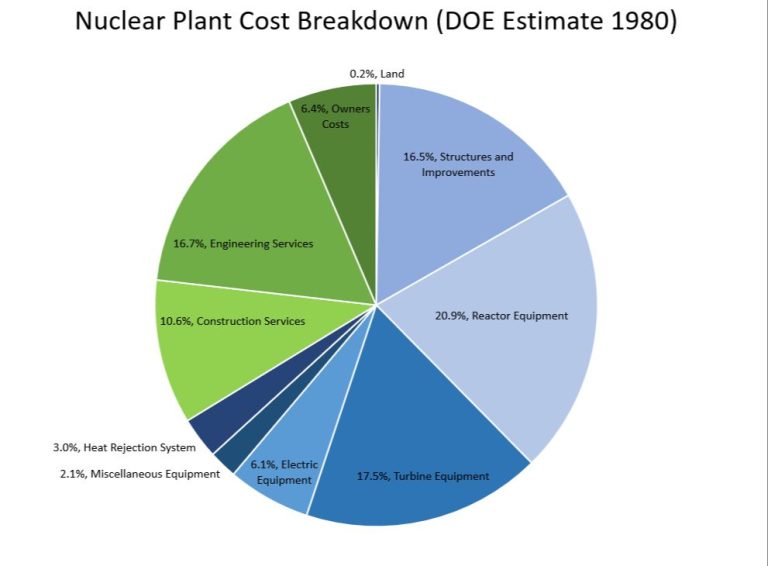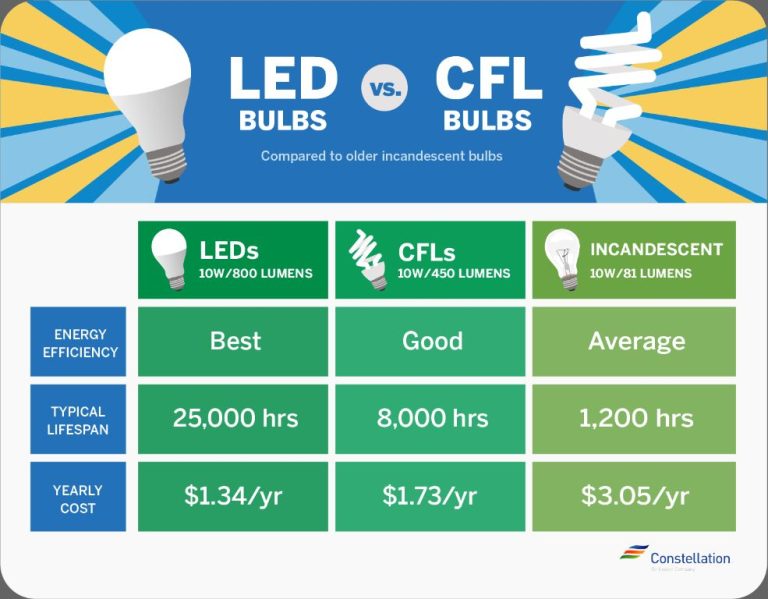What Is The Difference Between Mechanical And Motion Energy?
Introducing Mechanical and Motion Energy
Mechanical energy is the energy associated with the position and motion of everyday objects. For example, a ball held above the ground has gravitational potential energy due to its position. When you drop the ball, this potential energy gets converted into kinetic energy, the energy of motion, as the ball falls and gains speed. Mechanical energy is the sum of an object’s potential and kinetic energies.
Motion energy is simply energy associated with movement. When an object moves through space, it transfers motion energy from one place to another based on its speed and mass. The faster or more massive an object is, the more motion energy it has. Motion energy gets converted into other forms as an object interacts with other objects and forces. For example, a moving ball transfers some of its motion energy to a wall when it bounces off of it.
Forms of Mechanical Energy
Mechanical energy exists in two main forms: potential energy and kinetic energy. Potential energy is stored energy associated with an object’s position or configuration. For example, a ball held at a height above the ground has gravitational potential energy due to its position. When the ball is dropped, the potential energy converts into kinetic energy, the energy associated with motion. Other examples of potential energy include elastic potential energy stored in springs and chemical potential energy stored in batteries.
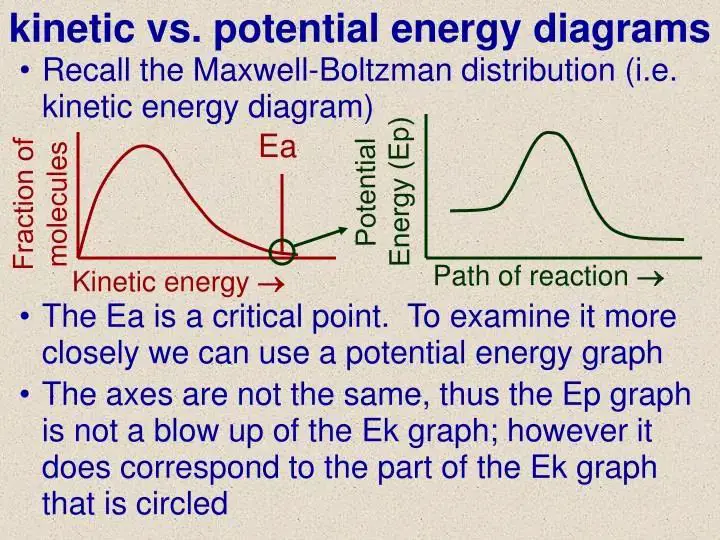
Kinetic energy is energy associated with motion. Any object in motion, whether it be linear or rotational motion, has kinetic energy. The amount of kinetic energy depends on the object’s mass and velocity. For instance, a car traveling at high speeds has more kinetic energy than the same car moving slowly. Other examples include the kinetic energy of wind, falling water, and rotating machinery. In summary, mechanical energy exists either as potential energy, stored energy based on an object’s configuration, or kinetic energy, energy associated with motion.
Forms of Motion Energy
Motion energy refers to energy that matter possesses due to its movement or position relative to another object. There are several different forms that motion energy can take:
Sound Energy – This is energy that travels through air, water or other mediums in the form of waves. It is created when an object vibrates and that mechanical energy gets passed along as sound waves to the surrounding molecules.
Light Energy – Also known as radiant energy, this is the energy of electromagnetic radiation. Light energy is created through oscillating electric and magnetic fields and can travel through a vacuum as well as through transparent and translucent objects.
Thermal Energy – This is the energy possessed by molecules and atoms in a substance due to their kinetic energy from random motion and vibrations. As they collide and vibrate faster, the thermal energy increases, resulting in higher temperatures.
Electrical Energy – This energy results from the movement of electrons, protons and charged particles. It can be generated through friction, chemical reactions or electromagnetic induction and converted into other forms like heat, light and motion.
Key Differences
The key difference between mechanical and motion energy is that mechanical energy is stored, while motion energy is transferred. Mechanical energy exists in potential and kinetic forms and can be stored in objects and systems. For example, a compressed spring stores elastic potential energy. Motion energy, on the other hand, is the energy transferred between objects or systems due to their motion. When a ball is thrown, the energy of motion is transferred from the thrower’s arm to the ball.
In summary:
-
Mechanical energy is stored energy in potential or kinetic form within an object or system.
-
Motion energy is transferred energy between objects or systems due to their movement.
Recognizing this key difference is essential to understanding how energy flows and transforms between different states in mechanics and physics.
Mechanical Energy Storage
Mechanical energy can be stored in two main forms – potential energy and kinetic energy. Potential energy is stored energy due to an object’s position or shape. For example, a ball held at a height above the ground contains potential energy due to gravity pulling it down. When the ball is released, this potential energy converts to kinetic energy as the ball falls. Kinetic energy is energy of motion. The faster or heavier an object, the more kinetic energy it contains. For instance, a moving train contains substantial kinetic energy due to its large mass and velocity. Kinetic energy can also convert back to potential energy, such as the train moving up a hill against gravity. Devices like springs and flywheels are designed to store mechanical energy. A compressed spring contains potential energy that can convert to kinetic energy when released, moving an object connected to it. A flywheel spins at high speeds, storing kinetic energy that can drive machinery.
In summary, potential and kinetic energy allow mechanical systems to store energy for later use. This stored mechanical energy provides the capacity to perform work over time.
Motion Energy Transfer
Motion energy can be transferred between objects through direct contact or other means. Here are some key ways that motion energy is transferred:
Direct Contact: When two objects collide or interact through direct physical contact, motion energy can be transferred between them. For example, when you hit a baseball with a bat, motion energy transfers from the moving bat to the baseball, sending it flying. The motion energy of the bat decreases while the motion energy of the ball increases.
Fields: Objects can also transfer motion energy through fields like gravitational, electric, and magnetic fields. For instance, the motion energy of the earth and moon is transferred through their gravitational fields, causing the tides on Earth. Charged particles can transfer motion energy through electric and magnetic fields.
Waves: Waves like sound waves or light waves can carry motion energy from one place to another, even over long distances. For example, motion energy from vibrating atoms is transferred through sound waves to your eardrum, allowing you to hear.
Understanding how motion energy moves between objects helps explain many physical interactions we observe, from launching rockets to heating up molecules. The ability to transfer motion energy allows useful work to be accomplished even without direct contact between two bodies.
Examples
Here are some simple examples to illustrate the difference between mechanical and motion energy:
Mechanical Energy
– The energy stored in a compressed spring
– The energy stored in a stretched rubber band
– The potential energy of an object held at a height above the ground
Motion Energy
– The kinetic energy of a rolling ball
– The kinetic energy of a bicycle in motion
– The kinetic energy of wind blowing
In the mechanical energy examples, energy is stored and ready to be released. In the motion energy examples, energy is actively being expended to create movement.
The Importance of Understanding Mechanical vs. Motion Energy
Understanding the key differences between mechanical and motion energy is crucial for many reasons:
Knowledge Application – Being able to distinguish between these two types of energy allows for proper application in fields like physics, engineering, construction, and more. Using the right energy principles leads to better design and functionality.
Problem Solving – Identifying mechanical vs motion energy at play is key to diagnosing issues and troubleshooting in systems or processes. This knowledge helps solve mechanical failures or improve efficiency.
Innovation – Pushing boundaries in technology, transportation, infrastructure, and other domains requires deeply understanding different energy forms. This drives progress and the development of solutions.
Safety – In fields like construction, manufacturing, and transportation, safety depends on properly harnessing mechanical and motion energy. This understanding minimizes accidents and operational risks.
Sustainability – Tapping into forms of mechanical and motion energy allows for the use of renewable resources. Knowing how to leverage these energies maximizes sustainability.
Cost Savings – Correctly applying mechanical and motion energy principles results in greater efficiency, reduced waste, and lower costs in industrial and engineering systems.
In summary, comprehending mechanical vs. motion energy enables better design, functionality, safety, sustainability, and cost-effectiveness across many technical fields and applications.
Practical Applications
Mechanical and motion energy have many important practical applications in the real world. Here are a few examples:
Transportation – Cars, planes, boats and other vehicles rely on mechanical energy from engines and motion energy from movement to transport people and goods.
Renewable Energy – Wind turbines and hydroelectric dams convert motion energy from wind and water into electrical energy through generators.
Machinery – Factories use mechanical energy from motors to power assembly lines and motion energy to move parts. Many machines rely on the conversion between mechanical and motion energy.
Home Appliances – Washing machines use mechanical energy to spin and motion energy to move clothes. Blenders also use mechanical energy to mix and chop food.
Amusement Parks – Roller coasters transform gravitational potential energy into motion kinetic energy for excitement. Other rides like bumper cars also demonstrate motion energy.
Sports – Many sports like tennis, baseball and golf rely on mechanical energy transfer from players to balls and motion energy of balls in play.
In summary, mechanical and motion energy are integral to transportation, power generation, industry, appliances and recreation.
Summary
In summary, mechanical energy and motion energy refer to two distinct forms of energy that are related to motion and work. Mechanical energy is stored energy in an object due to its position or shape. This includes potential energy and elastic energy. Motion energy is the energy an object has due to its motion. This includes kinetic energy.
The key differences between mechanical and motion energy are:
- Mechanical energy is stored energy, while motion energy is energy of a moving object.
- Mechanical energy can exist without motion, but motion energy requires an object to be moving.
- Examples of mechanical energy include a compressed spring and object held at height, while examples of motion energy include a moving car and flowing water.
- Mechanical energy can be stored and converted between potential and kinetic, while motion energy is transferred between objects.
Understanding these forms of energy allows for innovations and technology like hydroelectric dams, springs, and roller coasters. By studying mechanical and motion energy, we gain knowledge to harness these energies for practical applications in our lives.

